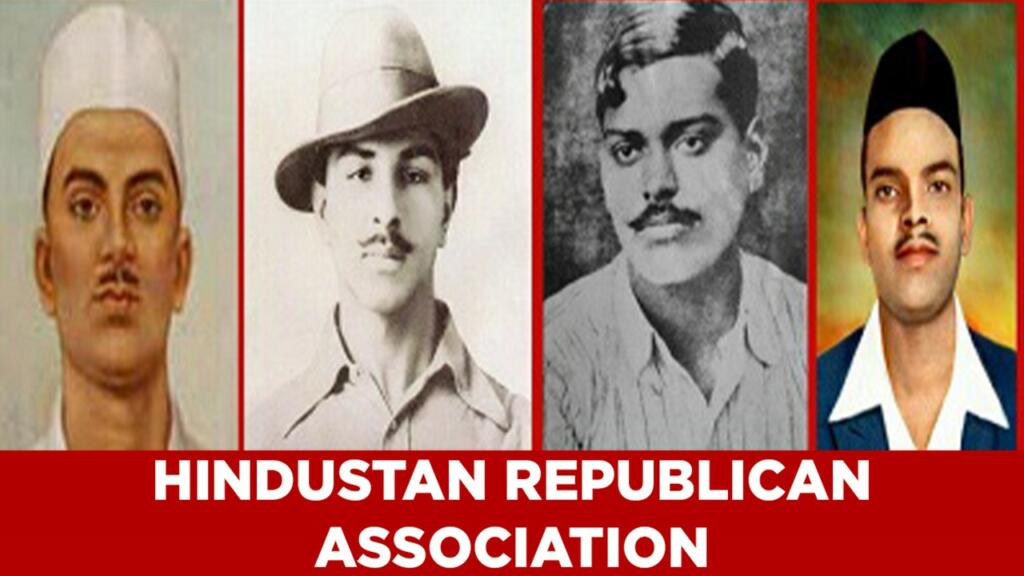100 years of Hindustan Republican Association: In 1923, revolutionaries Ram Prasad Bismil, Chandrashekhar Azad, Ashfaqullah Khan, and Bhagat Singh established the Hindustan Republican Association (HRA). The HRA made a major contribution to India’s fight for independence from British rule, and generations are still motivated by its legacy of bravery and conviction.
Hindustan Republican Association against Britishers
The Mahatma Gandhi-led non-cooperation movement prompted the establishment of the HRA. The campaign sought to boycott British institutions like courts, government agencies, and schools. However, the HRA thought revolutionary action was required because the movement’s non-violent strategy needed to be revised to win independence. The principles of socialism, nationalism, and anarchism, which pushed for the freedom of the working class and the overthrow of repressive regimes, inspired the HRA’s members.
The primary focus of the HRA’s early actions was robbing government treasuries to fund their revolutionary activities. However, the HRA quickly understood that in order to have an effective revolution, the Indian masses needed to be organized. As a result, the HRA started producing revolutionary writing that compelled readers to resist British rule and support the idea of an independent India.
Also read: Unearthing the Dark Secrets of Nehru’s Reign: The Roy Bucher Papers
The HRA additionally engaged in a number of notable assassinations of British government officials, including the Kakori Train Robbery in 1925, in which they stole a train carrying public money, and the Saunders’ Murder in 1928, in which they killed British police officer John Saunders in Lahore.
Bhagat Singh, the most famous member of the HRA, and fellow revolutionaries Shivaram Rajguru and Sukhdev Thapar were hanged for their roles in the 1929 bombing of the Central Legislative Assembly in Delhi. All of the HRA’s members were devoted to achieving freedom, even at the cost of their own lives.
The Hindustan Socialist Republican Association (HSRA), which continued revolutionary work, ultimately succeeded the HRA after it was disbanded in 1929. The explosion of the Viceroy’s train in 1929 and the murder of British police officer J.P. Saunders in 1928 were both carried out by the HSRA.
Also read: From Prince to Patriot: Sayajirao Gaekwad III’s Journey towards India’s Freedom
HRA: A Courageous Story for Indians
The HRA’s legacy has inspired generations of Indians despite their meager success in winning freedom. They demonstrated unwavering faith in the cause of Indian freedom through their bravery, dedication, and sacrifice in the face of difficulty. They paved the way for subsequent generations of revolutionaries to carry on the fight until independence was ultimately won in 1947.
The HRA is known today as a brave and dedicated group of revolutionaries who were ready to give their all to the cause of independence. Their courageous and steadfast voyage serves as an example for people worldwide still fighting for their rights and freedoms.
In conclusion, the Hindustan Republican Association was a revolutionary organization that made a big contribution to India’s independence fight. Generations of Indians have been motivated by their dedication to the cause of independence, courage in the face of adversity, and readiness to give their lives in defense of their beliefs. The legacy of the HRA serves as a reminder of the value of tenacity and determination in the fight for freedom and justice.
Support TFI:
Support us to strengthen the ‘Right’ ideology of cultural nationalism by purchasing the best quality garments from TFI-STORE.COM
